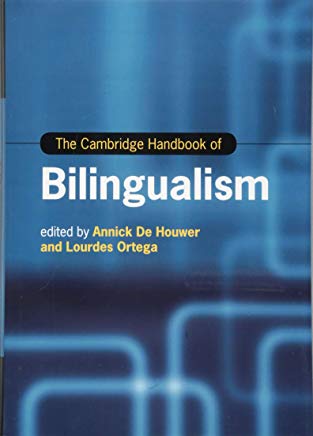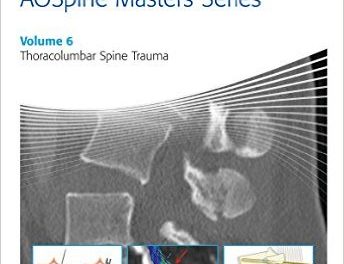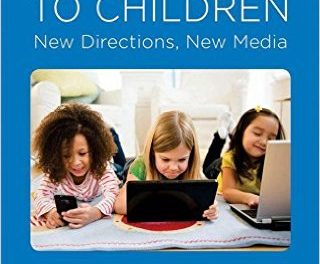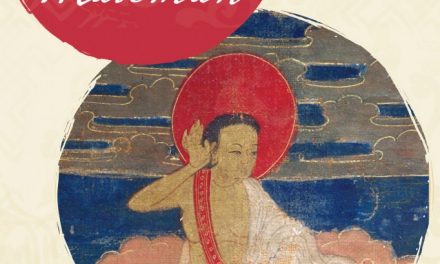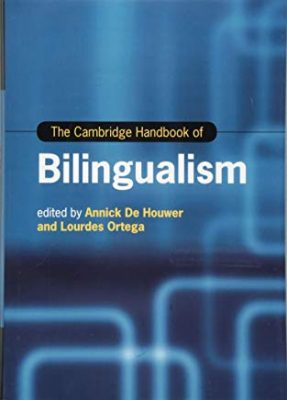 Editors: Annick De Houwer and Lourdes Ortega
Editors: Annick De Houwer and Lourdes Ortega
Publisher: Cambridge University Press – 664 pages
Book Review by: Sonu Chandiram
Speaking two or more languages is common among people in the following circumstances, write the editors:
- Children born into bilingual families
- Young people enrolled in foreign language courses
- Mature and older adults learning and using more than one language to meet life’s needs and desires.
What does this book offer?
A developmentally oriented and socially contextualized survey of research into individual bilingualism comprising:
- Learning
- Use
- (And, as the case may be, unlearning of two or more spoken and signed languages and language varieties
A wide range of topics are covered, including but not limited to:
- Attrition and forgetting
- Clinical linguistics
- Cognitive science Cross- and intra-disciplinary connections with psychology
- Contact linguistics
- Economics
- Education
- Exposure and input
- Giftedness in bilinguals
- Ideologies
- Language education
- Law
- Measurement of bilingual education
- Neurolinguistics
- Policy
- Sign language research
Forty specialists in second language acquisition from the United States and 17 other countries – Australia, Austria, Canada, France, Germany, Hong Kong, Hungary, Iceland, Israel, Japan, the Netherlands, Norway, Poland, Singapore, Spain, Switzerland, and the United Kingdom – authored the 27 chapters of this book of extensive coverage on bilingualism.
The chapters are organized around six Parts, namely:
- Part I. Bilingual Learning and Use at Five Stages of Life
- Part II. The Larger Contexts of Bilingualism
- Part III. Contexts for Bilingual Learning and Unlearning
- Part IV. The Dynamics of Bilingualism Across the Lifespan
- Part V. Bilingualism Research across Disciplines
- Part VI. Bilingual Connections
A comprehensive study of bilingualism covers numerous topics that could cover several volumes, the editors De Houver and Ortega point out, so their choice of subjects covered and discussed in this book of more than 600 pages have been guided mainly by a mix of:
- Their personal interests and expertise
- Their assessment of what is generally of interest to scholars working on bilingualism
- Their evaluation of whether sufficient research material was available for a particular a particular topic or subject to warrant coverage in this book.
All in all, this book is comprehensive in coverage of important topics yet concise enough to not become overly cumbersome and taxing to students and teachers.
Editors:
Annick De Houwer is a professor of language acquisition and bilingualism at the University of Erfurt in Germany. Her book The Acquisition of Two Languages from Birth (Cambridge 1990) and her 2009 textbooks Bilingual First Language Acquisition and An Introduction to Bilingual Development are used all over the world.
Lourdes Ortega is a professor of second language acquisition at Georgetown University in Washington, D.C. A widely published scholar, she is best known for her award-winning meta-analysis of L2 instruction in 2000, for her best-selling textbook Understanding Second Language Acquisition (2009, translated into Mandarin in 2016) and for championing a bilingual turn in SLA.

